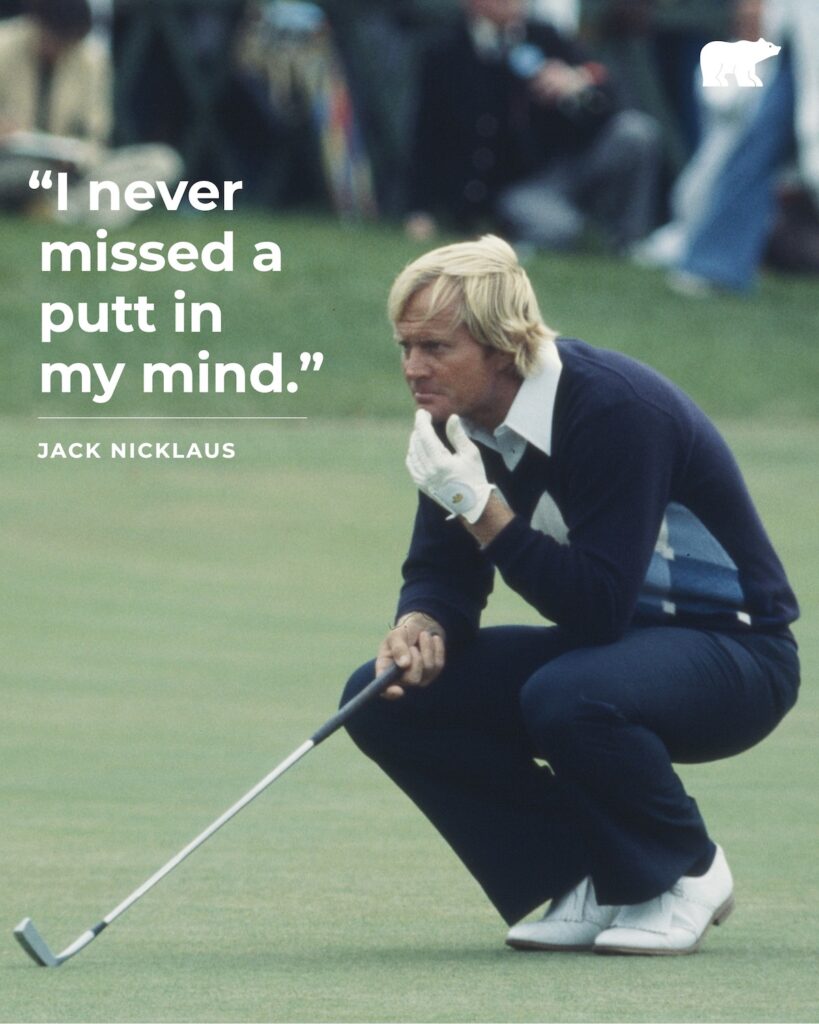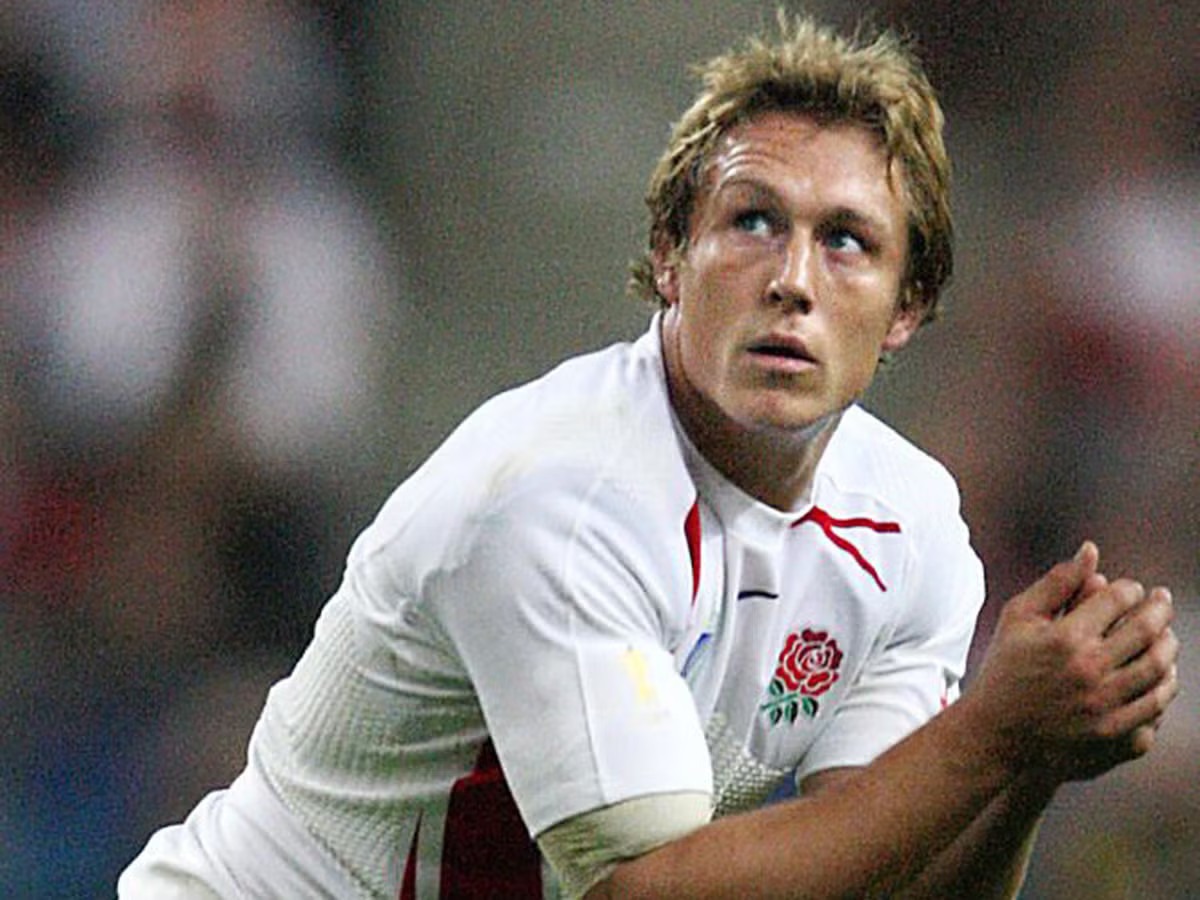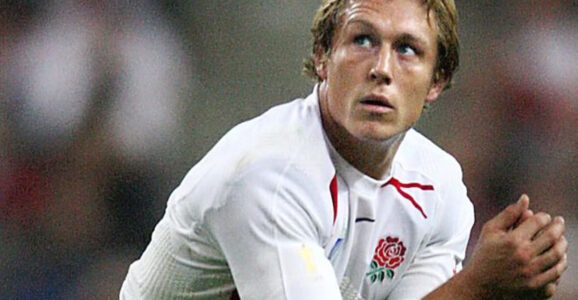In the realm of sports psychology, mental imagery stands as a potent tool for athletes seeking to enhance their performance and motivation. Defined as the process of creating vivid and detailed images in the mind’s eye, mental imagery plays a pivotal role in shaping an athlete’s mindset, preparing them for competition, and driving them towards their goals. In this article, we delve into the concept of mental imagery, explore its impact on athletic performance, and provide practical insights for coaches to harness its power in optimizing motivation and achievement.
1. Exploring the Concept of Mental Imagery
Mental imagery, often referred to as visualization or mental rehearsal, involves the creation or recreation of sensory experiences in the mind, including sights, sounds, feelings, and even smells and tastes. Athletes utilize mental imagery to simulate specific scenarios, movements, or performances relevant to their sport, effectively rehearsing their actions without physically engaging in them.
The Mechanisms Behind Mental Imagery
At its core, mental imagery operates on the principle of neuroplasticity, the brain’s ability to reorganize and adapt its structure and function in response to experiences. When athletes engage in mental imagery, neural networks associated with the imagined actions are activated, triggering similar patterns of brain activity as actual physical execution. This process strengthens neural connections and primes the body for optimal performance when the imagined scenario is translated into reality.
Types of Mental Imagery
Mental imagery can take various forms, each serving distinct purposes in athletic preparation and performance:
- Visual Imagery: Involves the creation of visual representations of movements, tactics, and environments relevant to the sport.
- Auditory Imagery: Focuses on imagining sounds associated with the sport, such as the crowd cheering or the sound of equipment.
- Kinesthetic Imagery: Centers on the sensation of movement and physical exertion, allowing athletes to mentally experience the physical sensations of performing specific actions.
- Tactical Imagery: Involves envisioning strategic decisions, game plans, and responses to different scenarios encountered during competition.
The Benefits of Mental Imagery
Engaging in mental imagery offers a multitude of benefits for athletes:
- Enhanced Performance: By mentally rehearsing movements and scenarios, athletes can improve technique, timing, and decision-making, leading to more precise and efficient execution during competition.
- Increased Confidence: Visualization allows athletes to visualize themselves succeeding, bolstering their belief in their abilities and instilling a sense of confidence and self-efficacy.
- Reduced Anxiety: Regular practice of mental imagery can help athletes manage performance anxiety by familiarizing themselves with competitive situations and developing coping strategies for stress.
- Accelerated Learning: Mental rehearsal facilitates the acquisition of new skills and techniques by reinforcing neural pathways associated with specific movements and actions.
2. Mental Imagery and Performance in Sport
The influence of mental imagery on athletic performance is well-documented across various sports and competitive levels. Athletes who incorporate mental imagery into their training regimen often demonstrate superior performance outcomes compared to those who rely solely on physical practice. Here’s how mental imagery impacts performance in sport:

Skill Acquisition and Technique Refinement
Mental imagery serves as a powerful tool for skill acquisition and refinement, allowing athletes to break down complex movements into manageable components and practice them repeatedly in their minds. By visualizing correct technique and execution, athletes can ingrain proper motor patterns and refine their skills outside of formal training sessions.
Preparation and Rehearsal
Visualization enables athletes to mentally prepare for competition by simulating game scenarios, visualizing opponents, and strategizing tactics. By mentally rehearsing their performance in different contexts, athletes can familiarize themselves with the demands of competition and develop effective coping strategies for unforeseen challenges.
Performance Enhancement
Engaging in mental imagery prior to competition primes the body and mind for optimal performance, eliciting physiological responses similar to those experienced during actual physical exertion. Athletes who visualize successful performances experience heightened focus, concentration, and readiness, enabling them to perform at their peak when it matters most.
Injury Rehabilitation and Recovery
Mental imagery also plays a crucial role in injury rehabilitation and recovery, allowing athletes to maintain cognitive and emotional engagement with their sport during periods of physical inactivity. By visualizing themselves executing movements and exercises, injured athletes can expedite the rehabilitation process, retain muscle memory, and mitigate the psychological effects of prolonged absence from competition.
Practical Strategies for Coaches
Coaches play a pivotal role in integrating mental imagery techniques into athletes’ training regimens, maximizing their potential for motivation and performance enhancement. Here are some practical strategies and tips for coaches to incorporate mental imagery effectively:
Step 1: Establish Clear Objectives
Begin by defining specific objectives for incorporating mental imagery into training sessions. Identify areas of improvement or performance goals that can be addressed through visualization techniques, such as skill development, confidence-building, or game strategy.
Step 2: Educate Athletes on Mental Imagery Techniques
Educate athletes about the concept and benefits of mental imagery, emphasizing its role in enhancing motivation and performance. Provide examples and demonstrations to illustrate how visualization can complement physical training and contribute to overall athletic development.
Step 3: Integrate Mental Imagery into Training Routines
Incorporate mental imagery exercises into regular training sessions, allocating dedicated time for athletes to practice visualization techniques. Designate quiet, distraction-free environments conducive to mental rehearsal, where athletes can focus their attention and immerse themselves fully in the visualization process.

Step 4: Customize Visualization Scripts
Develop customized visualization scripts tailored to each athlete’s specific goals, strengths, and areas for improvement. Encourage athletes to personalize their mental imagery experiences by incorporating sensory details, emotions, and situational contexts relevant to their sport and performance objectives.
Step 5: Facilitate Guided Imagery Sessions
Conduct guided imagery sessions where coaches lead athletes through structured visualization exercises. Use verbal cues and prompts to guide athletes through the visualization process, helping them create vivid mental representations of successful performances and desired outcomes.
Step 6: Provide Feedback and Reinforcement
Offer feedback and reinforcement to athletes based on their engagement and progress in practicing mental imagery techniques. Recognize and celebrate their efforts and achievements, reinforcing the connection between visualization practice and tangible improvements in motivation and performance.
Step 7: Encourage Regular Practice and Reflection
Encourage athletes to incorporate mental imagery into their daily routines and pre-performance rituals, reinforcing its importance as a continuous process for mental conditioning and performance optimization. Facilitate opportunities for athletes to reflect on their experiences with visualization, identifying strengths, challenges, and strategies for refinement.
Mental imagery
Mental imagery emerges as a transformative tool for enhancing motivation and performance in sports, offering athletes a means to harness the power of the mind to visualize success, overcome obstacles, and unlock their full potential. By integrating mental imagery techniques into training regimens and providing guidance and support, coaches can empower athletes to cultivate a winning mindset, elevate their performance, and achieve their athletic aspirations. As athletes embrace the practice of mental imagery, they embark on a journey of self-discovery and mastery, where the boundaries between imagination and reality blur, paving the way for unprecedented feats of athleticism and excellence.


